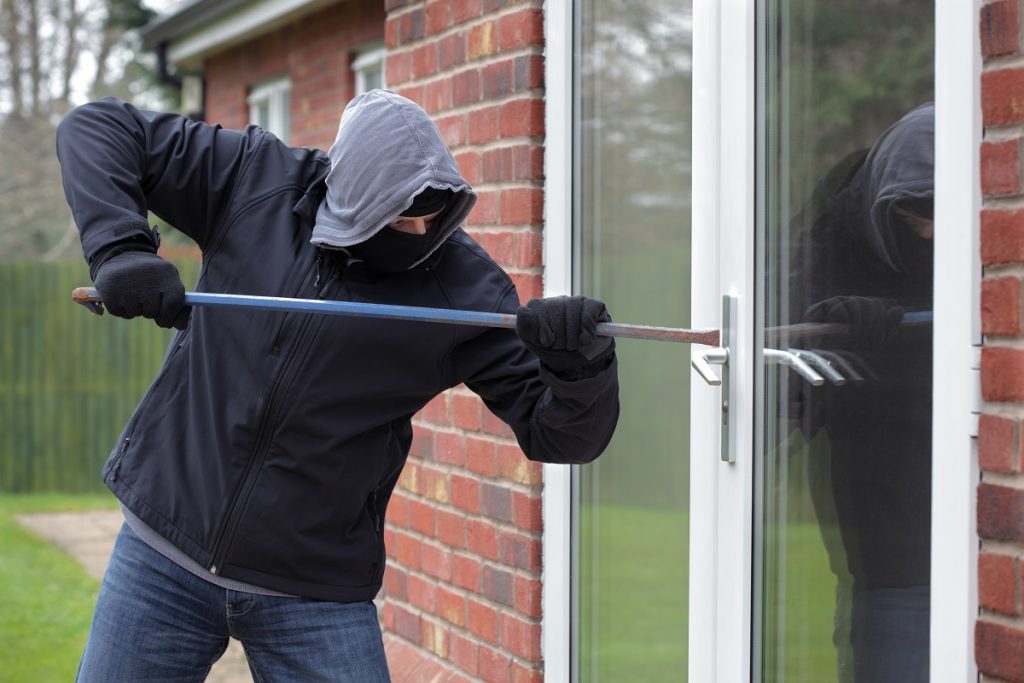- Crime rates have increased nationwide, impacting individuals and communities.
- Poverty, lack of social services, and inequality contribute to rising crime.
- High crime rates have economic, social, and political impacts on communities.
- Investing in communities, promoting personal responsibility, and security training can help reduce crime.
- Addressing the root causes of crime, such as poverty and inequality, is crucial to reducing crime rates.
Crime rates in the United States have been a hot topic for quite some time now. Recent statistics show that violent crime has increased nationwide, and property crime has increased as well. There is no denying that this is a concerning trend that affects all of us. This alarming increase has far-reaching consequences that harm individuals and entire communities.
Reasons Behind Rising Crime Rates
Various factors are thought to contribute to the rise in crime rates. One of the leading causes is poverty, which is closely related to a lack of education and job opportunities. When faced with an uncertain future, they often resort to criminal activity to make money or vent their frustration.
Another factor that can lead to increased crime is a lack of social services. This includes inadequate access to mental health resources, drug treatment programs, and other forms of support. When people cannot get the help they need, they can become more likely to turn to crime to cope with their difficulties.
Finally, there is the issue of inequality and injustice in our criminal justice system. People of color are disproportionately targeted and punished, leading to distrust and resentment toward the police. This lead to a heightened sense of insecurity that translate into more crime being committed
The Impact of Rising Crime Rates
Rising crime rates have profound implications for individuals and communities alike. Here’s how these crime rates are affecting local communities.
Economic Impact

Crime rarely affects just the victim; it affects the whole community. One of the most significant impacts of rising crime rates is its ripple effect on the economy. When crime rates increase, businesses, homeowners, and tourists tend to flee these areas, putting a significant strain on the local economy. As a result, high-crime areas struggle to attract new businesses and families, creating long-term economic stagnation.
Social Impact
High crime rates pose a significant threat to the social fabric of our communities. It creates an environment of fear and anxiety, leading to a decline in the quality of life in these neighborhoods. People are less likely to trust each other or participate in community activities, leading to social isolation. Additionally, children growing up in high-crime areas are more likely to experience trauma, which can lead to behavioral and mental health issues.
Political Impact
Rising crime rates are also a crucial political issue. Communities under threat from high crime rates often push for stricter legislation and more involvement from law enforcement. However, over-policing can create its own set of problems. It can lead to mistrust between law enforcement and the community, feeding a vicious cycle of crime and punishment.
Solutions
It is imperative to address the root causes of rising crime rates. Here are some solutions to battling these rising crime rates.
Investments
Many high-crime areas are socio-economically deprived, lacking proper funding and resources for education or community programs. Investing in these areas, building partnerships between law enforcement and the community, and establishing restorative justice programs can help decrease crime rates. Moreover, addressing poverty, lack of education, and addiction will help to create a healthier and more stable community.
Personal Responsibility
While societal and political changes are essential, it’s equally important for individuals to take responsibility for their actions. Personal accountability and pro-social behavior can go a long way in reducing crime rates. Acting as eyes and ears of the community, following basic safety precautions, and reporting suspicious behavior can help to deter criminal activity.
Security Training

Security training is another effective way to reduce crime rates. Organizations can provide basic security training to employees and staff, educating them on spotting suspicious activity and responding appropriately in an emergency. Making affordable class g security license training available can drastically reduce crime rates in high-crime areas. This kind of license can allow people to gain employment in the security field and the ability to carry a weapon. This drastically increases the number of security officers in a community which can keep the peace.
Ultimately, reducing crime rates requires a collaborative effort from many different stakeholders. It involves addressing the root causes of crime, such as poverty and inequality, investing in communities, providing security training to individuals, and promoting personal responsibility. By working together, we can make our neighborhoods safer for everyone.




